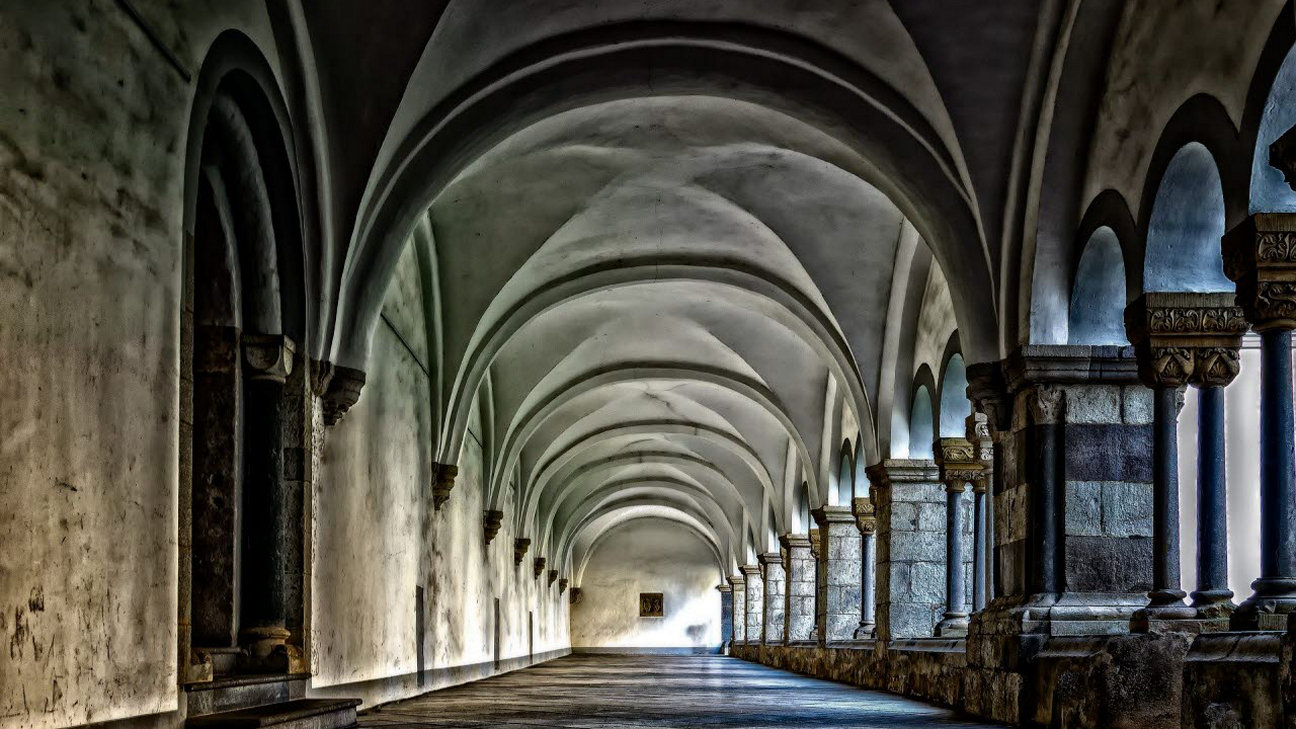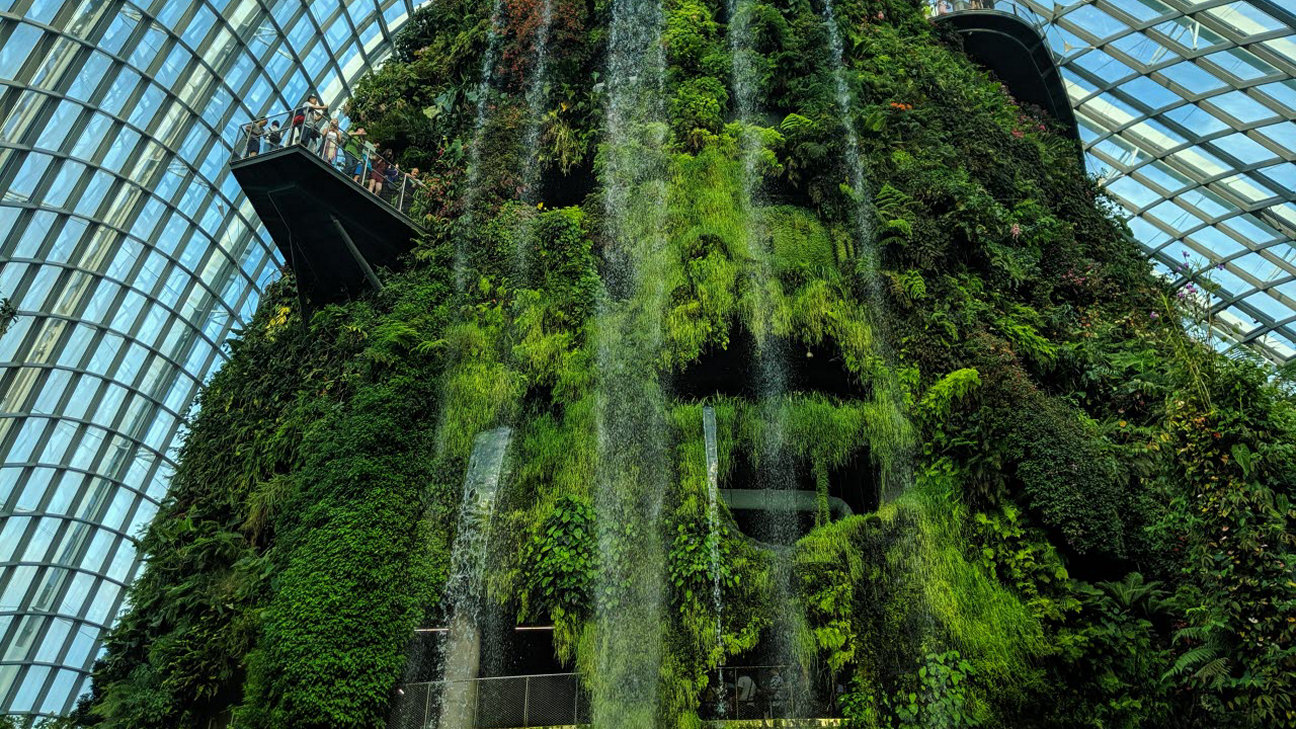Urban green space in London has huge value for people’s physical and mental health, creating £950m savings for the National Health Service; it supports community cohesion; and boosts climate resilience whilst supporting local wildlife. Access to green space during COVID-19 has been critical, but there is insufficient and unequal access to public green space. This can be addressed by enhancing local amenity spaces, improving the connectivity between existing parks and greening parts of the built environment and wider public realm to augment the parks network. Participatory design methods can build community ownership.
Green space has value to health and wellbeing
Parks have been hugely important during the lockdown, and their use has increased 160%. 62% of Londoners think protecting and enhancing green spaces should be a higher priority after the lockdown. London’s greenspace has significant wellbeing benefits, and was estimated in 2017 to avoid healthcare costs of £952 million per year. This comprises £370m per year saved on mental health costs, and £582m physical health savings. The latter is because exercise combats disease risk – which is crucial, as analysis of the UN Sustainable Development Goals (SDGs) indicators revealed 37.9% of Year 6 children (aged 10-11) in London are obese. Indeed, the government allowed people to use parks despite other lockdown restrictions, in recognition of these benefits. Given that green space is one of a number of factors that contributes to Londoners’ wellbeing, it is also relevant that over 80% of the UK public want the government to prioritise wellbeing over GDP during the pandemic, and 60% want this to continue after it has subsided.
Unequal access to green space
Our SDGs indicator analysis revealed that 48-51% of London can be considered green and blue. However, only 18% of London is officially publicly accessible green space – much of the rest includes private land such as gardens, and land that is technically private despite some public access, such as nature reserves. There is inequality over who has access to the best quality public open space – large, high quality parks are disproportionately located in wealthier neighbourhoods, partly because property values have increased in areas close to good quality parks, thus displacing those Londoners on lower incomes.
Only half of Londoners live within 400 metres of their nearest formally designated local open space (a public park of at least 2 hectares) – the maximum distance recommended by the London Plan. (Though many households within such areas of deficiency do have access to smaller amenity green spaces, pocket parks or private gardens.) Those fortunate enough to have gardens have had a markedly different experience of being housebound than those without. Lower income and BAME households have been hit hardest – black people in England are four times less likely than white people to have no outdoor space at home. 21% of London households have no garden, compared with 12% of Great Britain.
“Those fortunate enough to have gardens have had a markedly different experience of being housebound than those without. Lower income and BAME households have been hit hardest – black people in England are four times less likely than white people to have no outdoor space at home.”
Enhancing green spaces where there is greatest need
The Mayor’s £12 million Greener City Fund has already created or improved 175 hectares of green space in London. This includes wildflower meadows, community orchards and food-growing areas, community green spaces and school grounds, whilst funding 175,000 new trees. In the new London Plan, policies on open space, urban greening and biodiversity have been strengthened to ensure that most new developments result in the greening of the urban environment.
However, more could be done to improve access to, and the quality of, green spaces that do exist in more deprived areas. There are many comparatively small plots of amenity green space, many of which are underutilised and of poor quality. If these were improved, they could play a much more valuable role as places for relaxation or play for local residents, especially children. Well designed and used amenity green space (e. g. green areas around or within estates, pocket parks) could have enormous benefit to people who have no access to private green/outdoor space and have not been able to use large parks either due to lockdown restrictions, lack of access or pre-existing constraints. The Mayor has already provided guidance on redesigning public spaces to make them more suitable for children. This work could be expanded, or extended to other sections of the community. Increasing access in areas of most need could also involve temporary measures during times of crisis such as a pandemic, e.g. making private school playing fields and golf courses publicly accessible. The London Green Spaces Commission will publish their report later in 2020 making detailed recommendations on this issue. Temporary interventions are currently being installed by Transport for London (TfL) and London’s boroughs to expand walking and cycling provision as the capital emerges from lockdown, under the banner of the Mayor’s ‘Streetspace for London’ programme. The London Sustainable Development Commission (LSDC) welcomes TfL’s plans to review opportunities to make some of these permanent. One particular opportunity could be to create a network of greener civic spaces and links, especially where proposed Low Traffic Neighbourhoods coincide with Areas of Deficiency in Open Space. This would be subject to feasibility and impact studies, and consultation with the public and boroughs.
Environmental benefits
Enhancing London’s green spaces would have several environmental co-benefits. It would help ameliorate the urban heat island effect (both via tree shading and the cooling effect of water evaporating from plants), enhancing the city’s resilience to the effects of climate change. For this reason green and blue infrastructure should be integrated – e.g. by irrigation with waste water. Green and blue spaces improve sustainable urban drainage, reducing the risk of flooding. It would also enhance local air quality, whilst increasing bio-abundance and biodiversity. The financial value of these combined environmental benefits – ‘ecosystem services’ – from London’s trees alone is £132.7 million per year.
Participatory design
This work should be done in close collaboration with the communities who use the spaces. Local residents should be empowered (formally and informally) to take ownership of these plots – initially through helping to design them, and subsequently via volunteering roles in stewardship and light maintenance. This would ensure that spaces are not generic but tailored to their particular communities (including cultural needs and age ranges), designing-in inclusion. The London Friends of Green Spaces Network has also advocated this approach.
Co-designing spaces cannot happen in a vacuum and requires capacity-building. Communities need to be given the training and skills to enable them to participate meaningfully in decision making. They should also be paid for their involvement in co-design, as contributing time for free is a luxury that is not available to all – particularly low-income households, or those with significant caring responsibilities. However, many of the environmental NGOs that would ordinarily work with communities to carry out this type of work are under significant financial pressure due to the impacts of COVID-19, with some facing an existential threat. Investing in a green recovery should also include financial support for these NGOs to ensure their long-term viability and capacity to support community action.
This is an excerpt from the London Sustainable Development Commission insight paper The role of the UN Sustainable Development Goals in London’s green and fair recovery
“Communities need to be given the training and skills to enable them to participate meaningfully in decision making. They should also be paid for their involvement in co-design, as contributing time for free is a luxury that is not available to all – particularly low-income households.”
Governance and funding
London’s boroughs have primary responsibility for funding and maintaining green spaces. Despite the huge value parks provide, this is not always reflected in the investment they receive: the effects of austerity mean that budget-constrained authorities often struggle with upkeep, and there is a wide disparity in green space spending across boroughs. A lack of centralised data management means that although an interactive green space map has been produced, which can be cross-referenced against Indices of Multiple Deprivation, data can be relatively difficult to access and process. For example, it is not currently possible to map small, low-quality public amenity spaces against areas of deficient access. Although most (but not all) boroughs’ spending on parks was published in a report to inform the work of the London Green Spaces Commission, each borough uses different definitions of what services count as ‘green space’. A related challenge is that councils do not classify green spaces as assets which means they do not receive the same level of attention and maintenance funding as infrastructure such as roads. These issues make it challenging to build a consistent picture of spending on green spaces across the city and identify London-scale opportunities for improvements. These issues are flagged in the LSDC’s forthcoming report on the SDGs and London – particularly in reference to SDG 15.B, which calls for investment in ecosystems. In 2011 the LSDC’s Sowing the Seeds report proposed better partnership working across the capital to enhance green spaces – a recommendation that is still relevant today.



